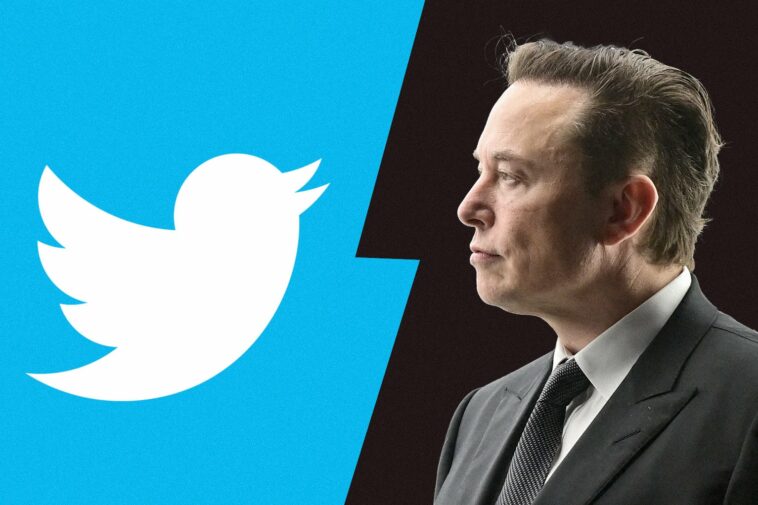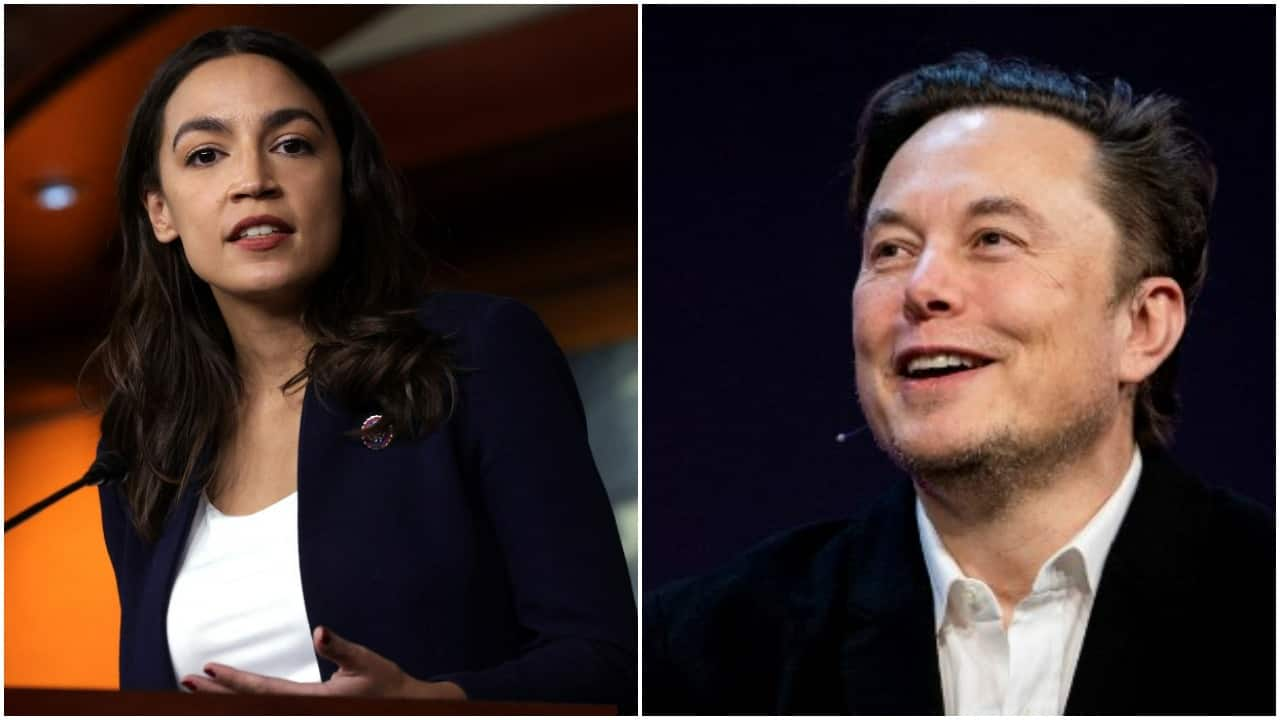Elon Musk, the CEO of Tesla, has outlined some big, though yet hazy, intentions for turning Twitter into a place of “maximum joy” after he purchases the social media site for $44 billion and takes it private. However, putting into action what is now a jumble of hazy ideas and technical specifics might be much more difficult than he predicts. Here’s what may happen if Musk follows through on his promises to protect free speech, combat spam, and open up the “black box” of artificial intelligence algorithms that magnify social media trends.
FREE SPEECH TOWN SQUARE
Musk’s most tenacious goal — and the one with the haziest timeline — is to turn Twitter into a “politically neutral” digital town square for global dialogue, allowing as much free speech as each country’s laws permit. He’s admitted that his ideas to alter Twitter may enrage the political left while mostly pleasing the right. He hasn’t said what he’ll do about former President Donald Trump’s permanently banned account or other right-wing figures whose tweets have violated Twitter’s hate speech, violent threats, and damaging disinformation policies.
If Musk follows this path, it could mean restoring not only Trump’s account, but “many, many others that were removed as a result of QAnon conspiracies, targeted harassment of journalists and activists, and of course all of the accounts that were removed after January 6,” according to Joan Donovan, a Harvard University professor who studies misinformation. “Hundreds of thousands of individuals might be affected.”
Musk hasn’t ruled out suspending certain accounts, but only for a limited time. His most recent critique was on what he called Twitter’s “extremely inappropriate” censorship of a New York Post piece about Hunter Biden in 2020, which the company later said was a mistake and was rectified within 24 hours.
ALGORITHMS WITH AN OPEN-SOURCE
Musk’s long-standing interest in artificial intelligence is evident in one of the most specific requests he made in his merger announcement: “making the algorithms open source to boost confidence.” He’s referring to the algorithms that rate material to determine what appears in consumers’ feeds.
The rumor of “shadow banning” on social media among US political conservatives is partly to blame for the mistrust, at least among Musk fans. This is ostensibly an inconspicuous function for limiting the reach of misbehaving users without canceling their accounts. There is no proof that Twitter’s platform is skewed against conservatives; studies have indicated the reverse, especially when it comes to conservative media.
Musk has proposed that the underlying computer code that powers Twitter’s news feed be made public on the coder hangout GitHub. However, without the data that the algorithms are analyzing, such “code-level openness” provides consumers little insight into how Twitter is functioning for them, according to Nick Diakopoulos, a Northwestern University computer scientist.
Musk’s wider ambition to assist users to figure out why their tweets are elevated or downgraded, and whether human moderators or automated algorithms are making those decisions, Diakopoulos said, has noble intentions. But this isn’t a simple process. Too much openness about how individual tweets are sorted, for example, might make it easier for “dishonest individuals” to rig the system and manipulate an algorithm to maximize visibility for their cause, according to Diakopoulos.
‘DEFEATING THE SPAM BOTS’ is a book on how to beat the spambots.
Musk has been irritated by “spambots” that imitate actual people, as his success on Twitter has spawned a slew of imposter accounts that use his picture and name to promote cryptocurrency frauds that seem to be coming from the Tesla CEO.
Sure, Twitter users, including Musk, “don’t want spam,” according to David Greene, the Electronic Frontier Foundation’s civil rights director. However, who decides what constitutes a spam bot? “Do you mean all bots, like if I follow a Twitter bot that only shows me historic fruit photos?” That’s what I’m going to do. Is it legal for such to exist?” he stated
There are also several spam-filled Twitter accounts that are at least partly operated by genuine individuals, ranging from those that promote items to those who promote inflammatory political information in order to intervene in the elections of other nations.
‘ALL HUMANS MUST BE AUTHENTICATED’
Musk has said many times that he wants Twitter to “authenticate all individuals,” an imprecise request that might be linked to his goal to cleanse the service of spam accounts. Increased identification checks, such as two-factor authentication or popups that question which of six photographs depicts a school bus, might deter people from creating a slew of fake accounts.
Musk may also propose expanding the “blue check” — the verification checkmark seen on well-known Twitter accounts like Musk’s — to verify they’re who they claim they are. Users might purchase the checkmarks as part of a premium service, according to Musk.
However, some digital rights campaigners are afraid that these steps would result in a “real-name” regulation similar to Facebook’s requirement that users authenticate their full names and use them in their accounts. Musk’s emphasis on free speech seems to be contradicted by muzzling anonymous whistleblowers or persons living under authoritarian regimes where it might be hazardous if a dissident message is linked to a specific person.
TWITTER WITHOUT ADVERTISEMENTS?
Though it wasn’t one of the targets listed in the formal merger announcement, Musk has raised the concept of an ad-free Twitter. That might be because shutting off the company’s main source of revenue, even for the world’s wealthiest individual, would be a difficult task.
In the January-March fiscal quarter, advertisements accounted for more than 92 percent of Twitter’s income. Last year, the firm launched Twitter Blue, a premium membership service, but it doesn’t seem to have made any progress in convincing consumers to pay for it.
Musk has said that he prefers a more robust subscription-based model for Twitter, which would provide more users with an ad-free alternative. That would also align with his desire to loosen Twitter’s content restrictions, which companies want since they don’t want their advertisements to be surrounded by insulting and hateful tweets.
WHAT ELSE IS THERE?
So many recommendations for Twitter have been posted and uttered by Musk that it’s difficult to tell which ones he takes seriously.
He’s joined the common demand for an “edit button” — which Twitter claims it’s already working on — that would allow users to correct a tweet after it’s been sent. Musk’s less serious notion recommended turning Twitter’s downtown San Francisco offices into a homeless shelter “because hardly one comes up anyhow,” a remark that was regarded as a barb at Twitter’s pandemic-era staff more than an altruistic vision for the facility. Musk did not respond to an email seeking clarification on his intentions.
Source: AP News




